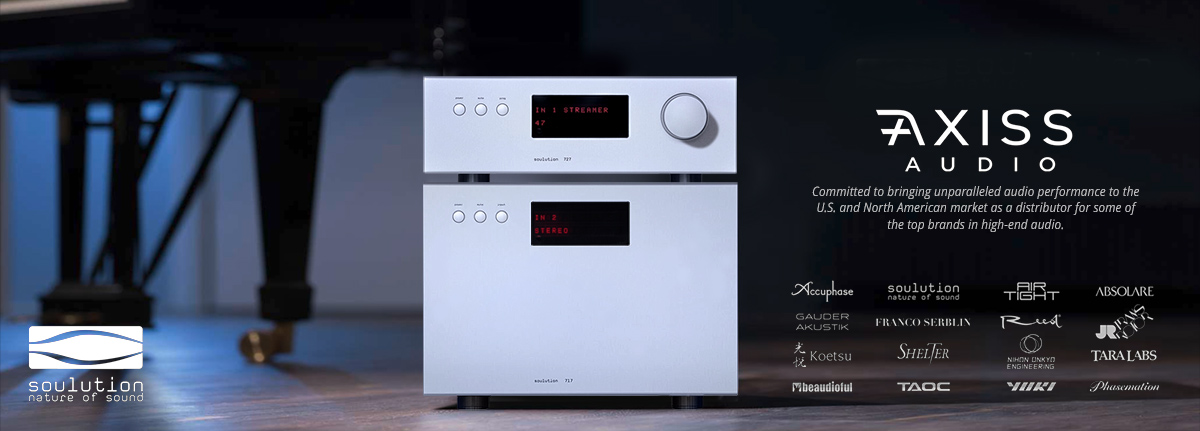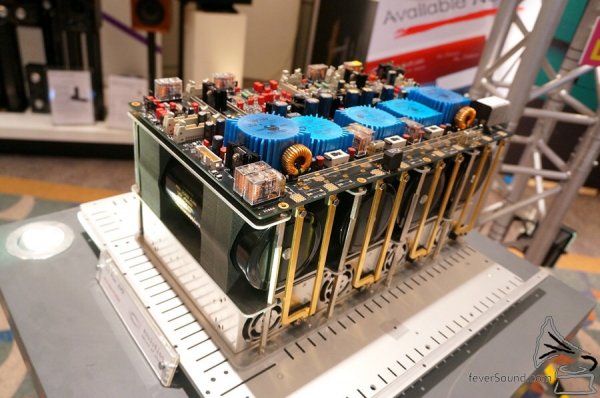Should Class D designs cost less than comparable other designs?
- Thread starter caesar
- Start date
You are using an out of date browser. It may not display this or other websites correctly.
You should upgrade or use an alternative browser.
You should upgrade or use an alternative browser.
A lot of class D amps are lightweight, relatively inexpensive modules designed for car audio, subwoofers, portable, and other "non-audiophile" applications. Most class A amplifiers are big, heavy beasts at the top of the line and cost accordingly. From a design perspective, at least from mine, really good class D amps are a lot harder to realize than a class A design, but perception is everything.
The best still seem to be the traditional designs. Yes, class D can deliver impressive performance, particularly for it's size and what often is a much cheaper price. It should be cheaper for the reasons already articulated by others. But, until convinced otherwise, I still believe there must be some compromise. And thus, if I want the best, it's probably not going to be class D.
Didn't we already have this discussion in reference to the Merrill Audio Class D amplifiers, choice of modules and cost? Deja vu all over again.
A lot of class D amps are lightweight, relatively inexpensive modules designed for car audio, subwoofers, portable, and other "non-audiophile" applications. Most class A amplifiers are big, heavy beasts at the top of the line and cost accordingly. From a design perspective, at least from mine, really good class D amps are a lot harder to realize than a class A design, but perception is everything.
Big heavy beasts of amps are necessary for audiophile ego stroking.
Class D amps don't compensate for our "deficiencies" in quite the same way so, yes they should cost less........
I forgot about Bel Canto Black. It's class D and it's total price retails for $50,000 which includes the digital frontend. Just to add the amps to the digital bumps the price from $20,000 to $50,000, as I understand it.
Not sexy enough for you?
View attachment 15950
Uh, no. It looks like a computer motherboard sitting on top of some soup cans.
Uh, no. It looks like a computer motherboard sitting on top of some soup cans.
Almost we can assume class D amps will cost less in terms of electricity consumption... When I compare the smaller integrated amp made by SPEC Corp. to my Luxman power amps plus tube preamp, there is no doubts...
And in terms of pure performance, I am concerned about the Luxman pricing. I honestly think there is an opposite relationship between higher power efficiency and cost...
And in terms of pure performance, I am concerned about the Luxman pricing. I honestly think there is an opposite relationship between higher power efficiency and cost...
Last edited:
I wouldn't sit on a picket fence waiting for that to happen either.
They've been saying it for 10 years...we're still waiting. I've also read vinyl and tubes are going by the wayside
Mep said it right on the Merrill thread- they use all the audiophile buzz words and "parts" to justify the price.
I heard the Mola Molas this weekend- still suck to these ears. 18k or 5k, wouldn't matter.
I heard the Mola Molas this weekend- still suck to these ears. 18k or 5k, wouldn't matter.
I read an interview with Bruno Putzeys (Mola Mola/Hypex) some time ago where he described the different advantages and disadvantages of building in class a/tubes/class d. As regards Class D he commented that it was very simple to produce a reasonably good sounding amplifier using off the shelf kits. To take Class D to the next level is in his opinion complicated and expensive.
Not IME. Class D can now be the next level.Fortunately, we’re at the next level with our class A amps.
Similar threads
- Replies
- 13
- Views
- 1K
- Replies
- 0
- Views
- 835
- Replies
- 14
- Views
- 2K
- Replies
- 38
- Views
- 4K
- Replies
- 0
- Views
- 2K
| Steve Williams Site Founder | Site Owner | Administrator | Ron Resnick Site Owner | Administrator | Julian (The Fixer) Website Build | Marketing Managersing |

















